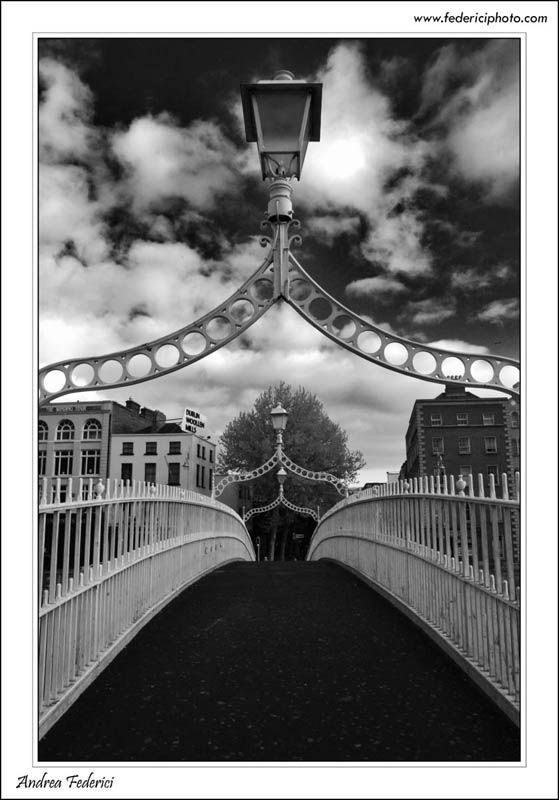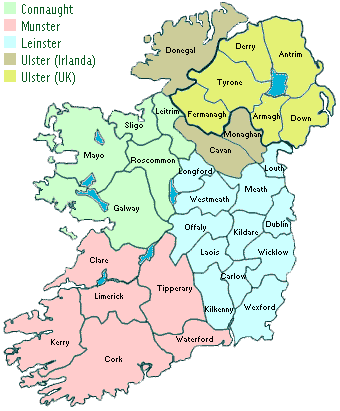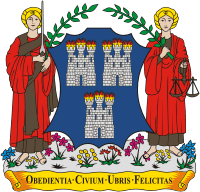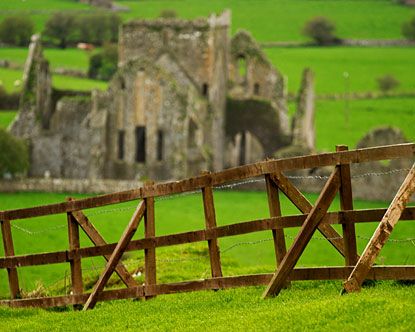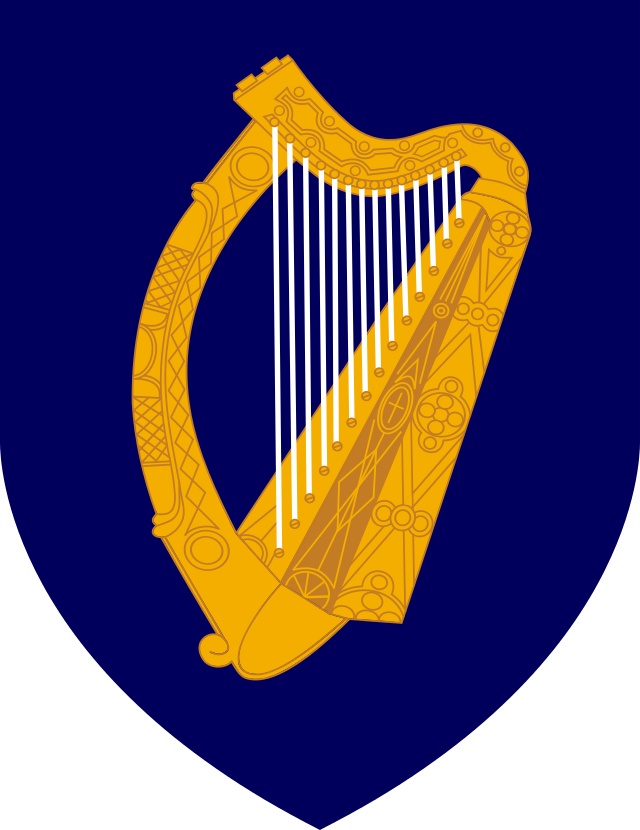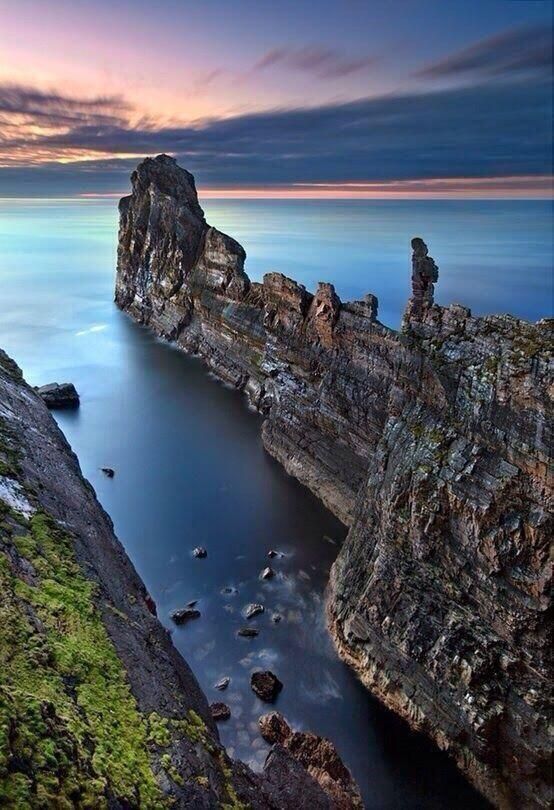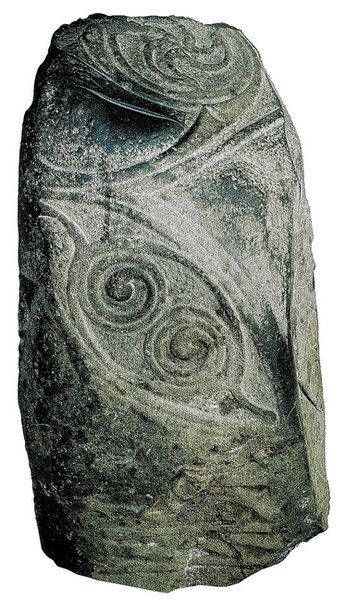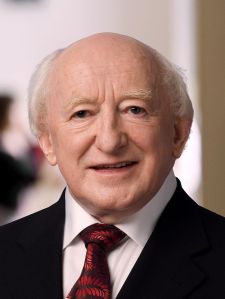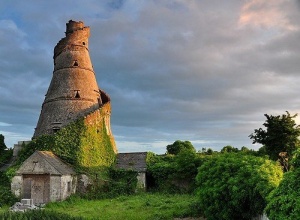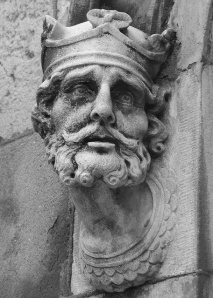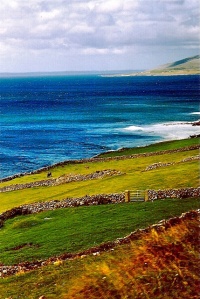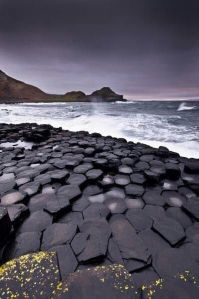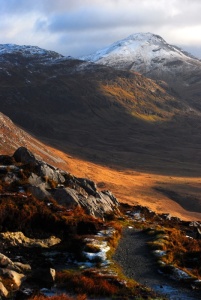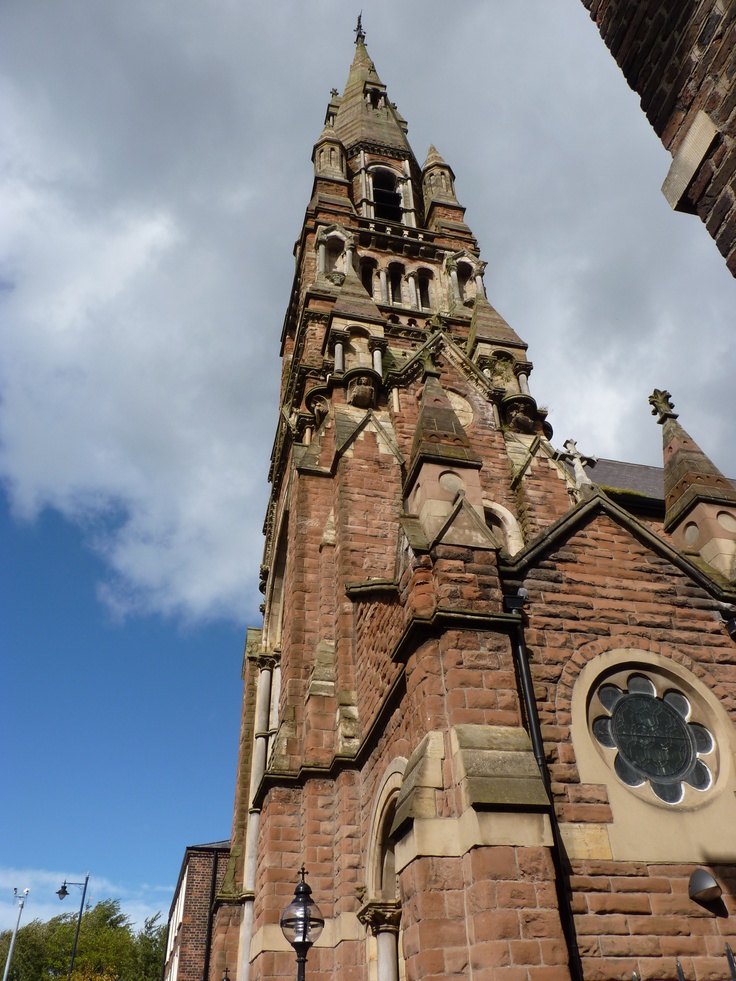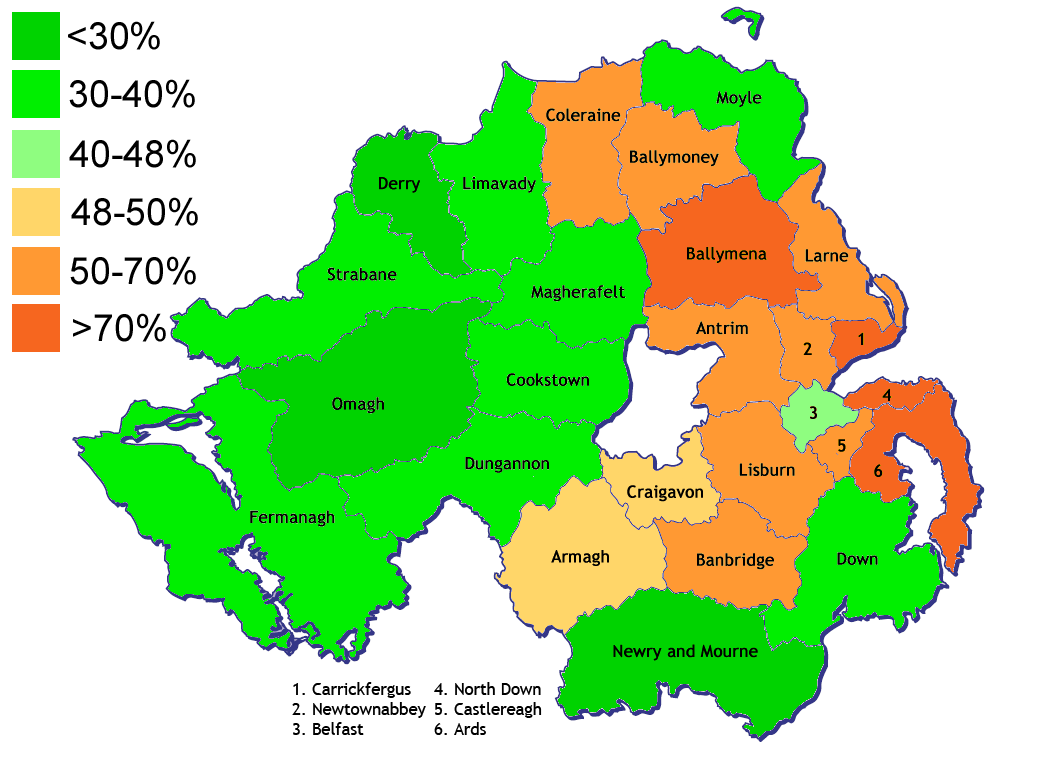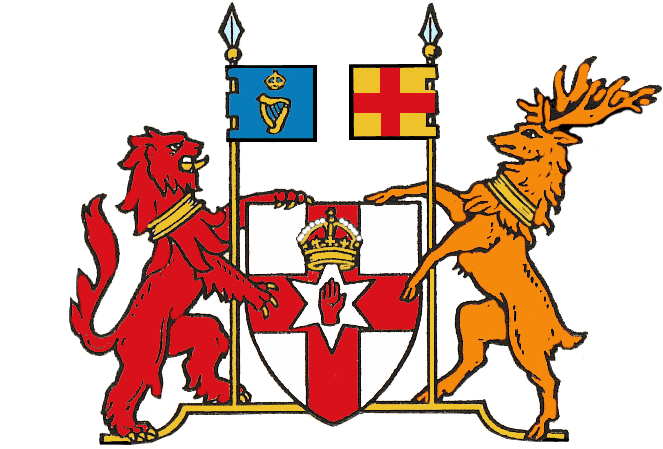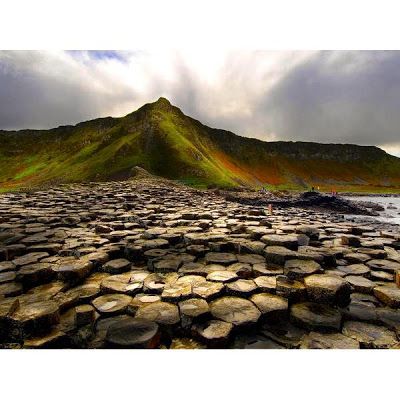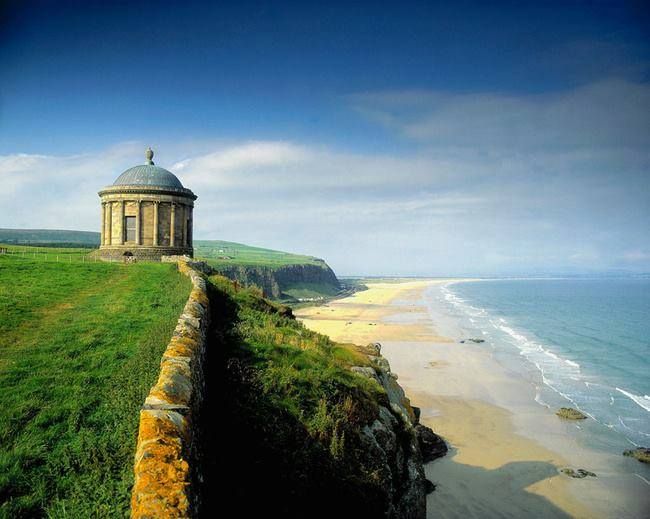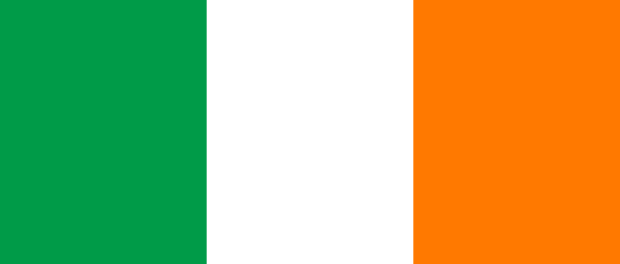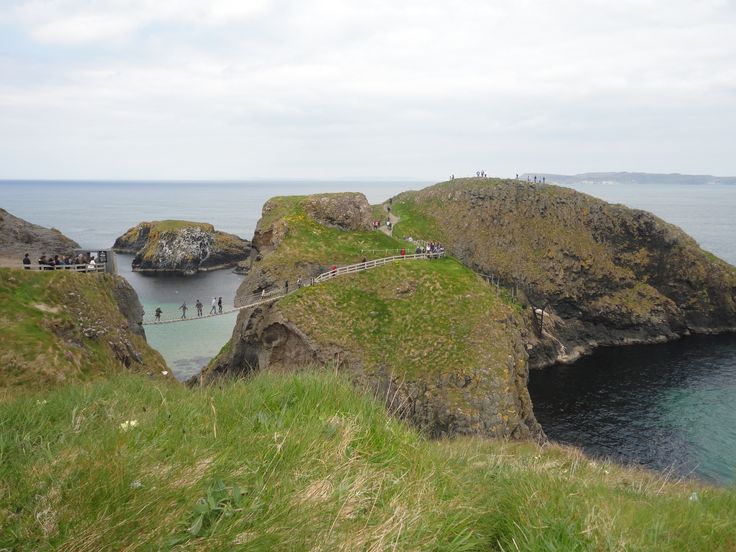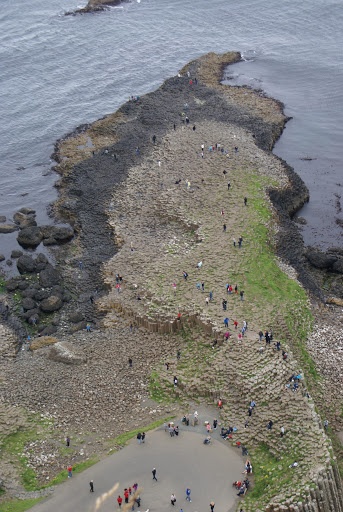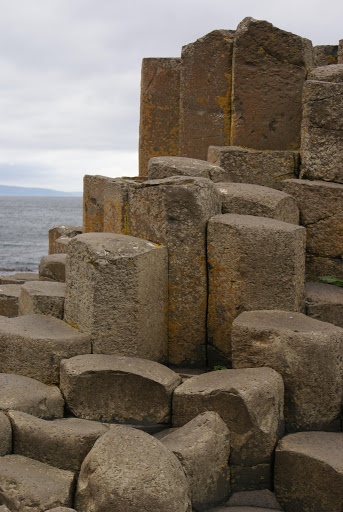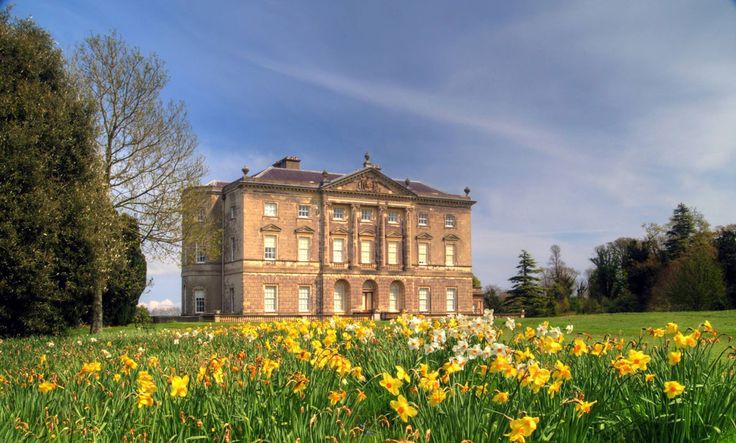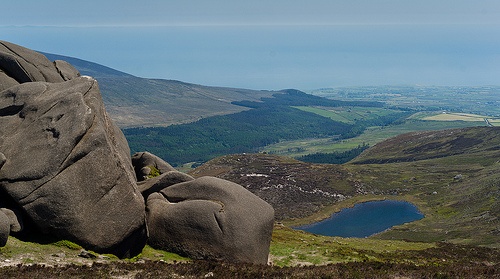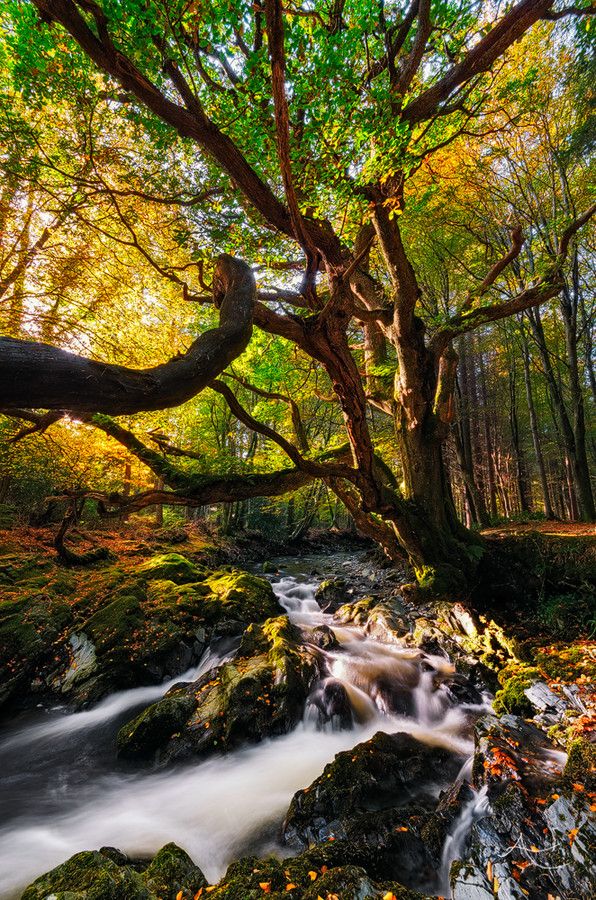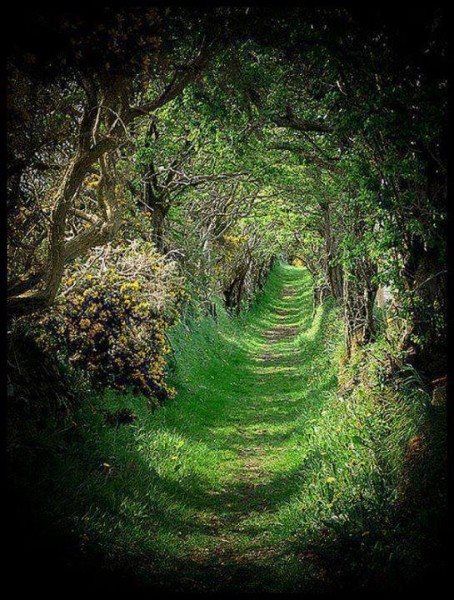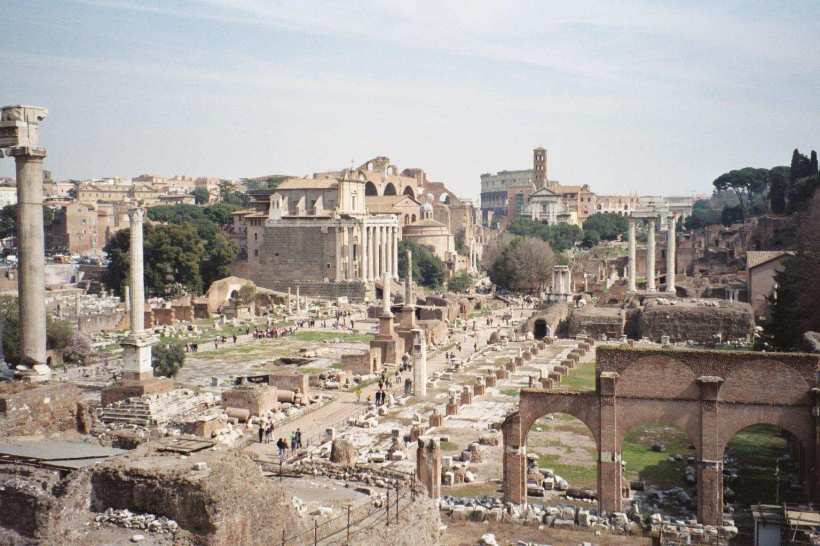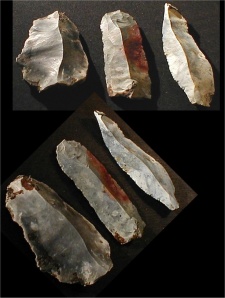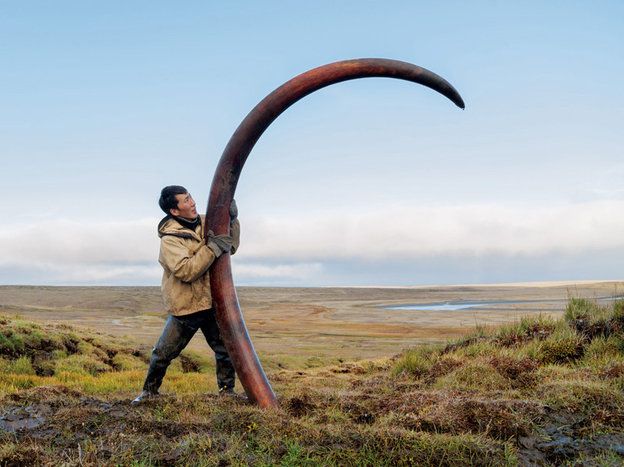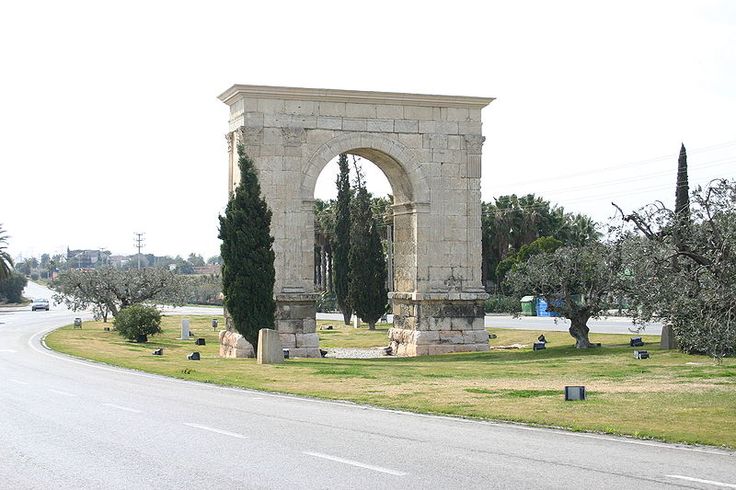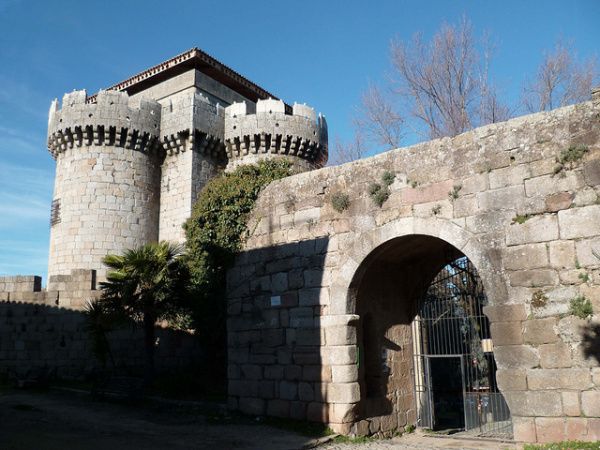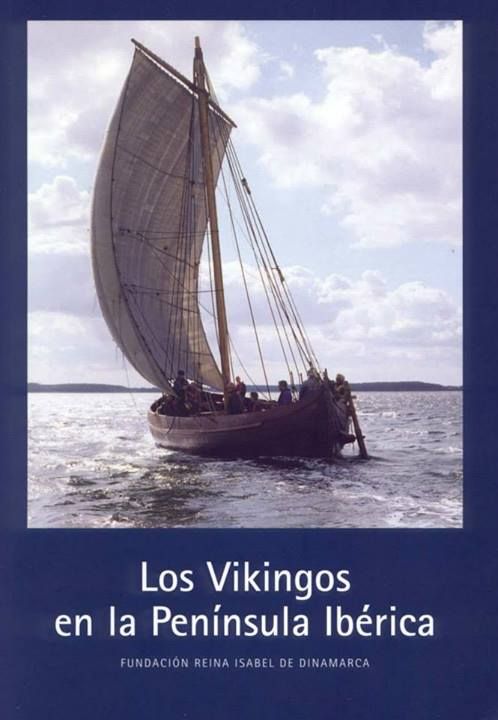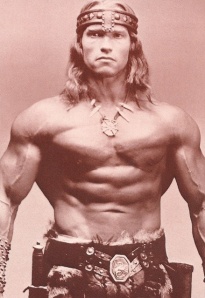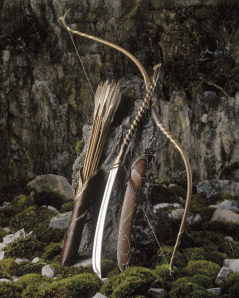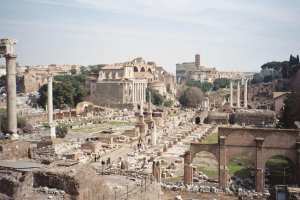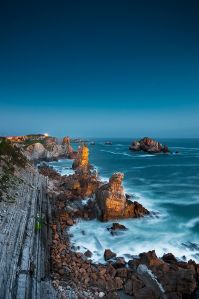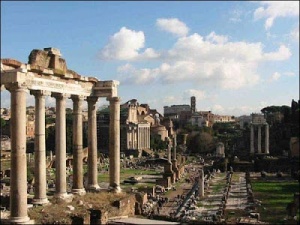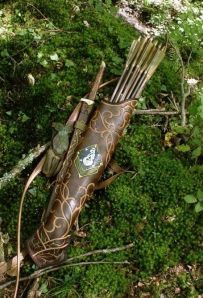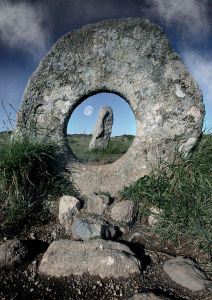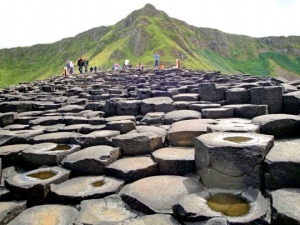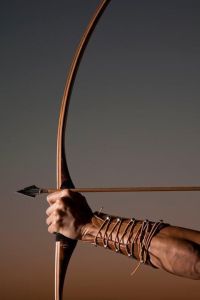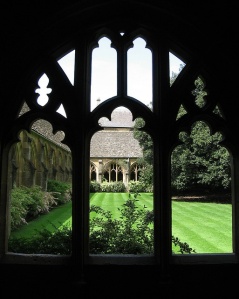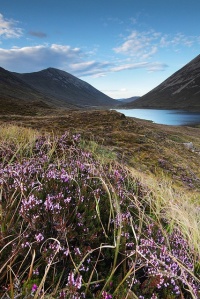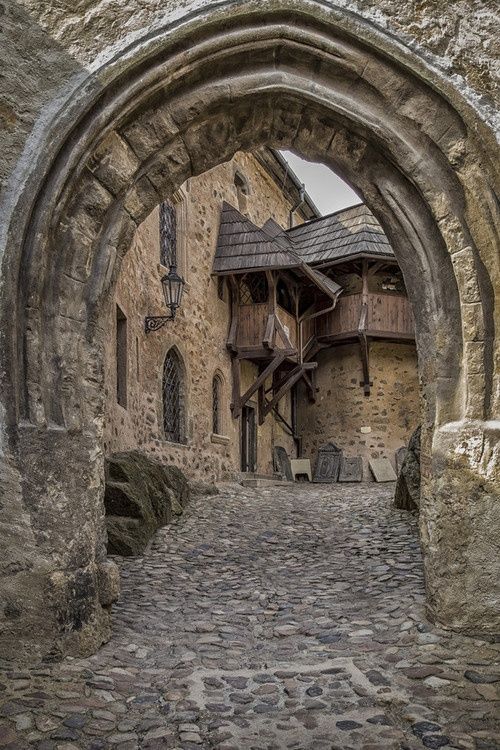IRLANDA
ESPAÑOL – INGLÉS
DONDEQUIERA adverbio (en cualquier parte) WHEREVER: dondequiera que vaya,wherever he goes.
Irlanda
Irlanda (en irlandés: Éire, [ˈeːɾʲə]; en inglés: Ireland) —también conocida como República de Irlanda (en inglés: Republic of Ireland; en irlandés: Poblacht na hÉireann)— es un país soberano miembro de la Unión Europea, que ocupa la mayor parte de la isla del mismo nombre. Su capital es Dublín, situada al este de la isla. El país tiene una única frontera terrestre, con Irlanda del Norte, uno de los estados constituyentes del Reino Unido. La isla está rodeada por el océano Atlántico y tiene el mar Céltico al sur, el canal de San Jorge al sureste y el mar de Irlanda al este. Es una república parlamentaria con un presidente electo que ejerce de jefe de Estado. El jefe del gobierno, el Taoiseach, es nombrado por la cámara baja del parlamento, la Dáil Éireann.
El moderno estado irlandés ganó su independencia efectiva del Reino Unido en 1922, tras una guerra de independencia que acabó con la firma del Tratado anglo-irlandés, mientras que Irlanda del Norte ejerció su opción a permanecer en el Reino Unido. Aunque en principio Irlanda fue un dominio dentro del Imperio británico, con el nombre de Estado Libre Irlandés, en 1931 se clarificó su completa independencia legislativa y en 1937 adoptó una nueva constitución y el nombre de Irlanda. En 1949 se eliminaron los deberes restantes de la figura del Rey de Irlanda y el país se declaró una república. El estado no tuvo relaciones formales con Irlanda del Norte durante la mayor parte del siglo XX, pero desde 1999 han cooperado en varias políticas en el marco del Consejo Ministerial Norte/Sur creado por el Acuerdo de Viernes Santo.
A principios del siglo XX las medidas económicas proteccionistas debilitaron la economía irlandesa y por ello fueron desmanteladas en los años 1950. Irlanda se unió a la Comunidad Económica Europea en 1973. El liberalismo económico desde finales de los años 1980 resultó en una rápida expansión económica, particularmente entre 1995 y 2007, etapa en que Irlanda fue conocida como el Tigre Celta. La República de Irlanda está en la actualidad entre los países más ricos del mundo en términos de renta per cápita.4 En 2008 comenzó una crisis financiera sin precedentes, que unida a la crisis económica mundial, puso fin a esta etapa de rápido crecimiento económico.5
En 2011 y 2013 Irlanda apareció en el séptimo lugar de las naciones más desarrolladas del mundo en el Índice de desarrollo humano de las Naciones Unidas.6 Asimismo, la república irlandesa está en los puestos más altos en materia de libertad económica, política y de prensa. Actualmente Irlanda es miembro de la Unión Europea y uno de los países fundadores del Consejo de Europa y de la OCDE. El país persigue una política de neutralidad y no alineación y por ello no es miembro de la OTAN, aunque sí que participa en la Asociación para la Paz.
======================================EN INGLÉS======================================
Ireland
| Éire Ireland Ireland |
|||
|---|---|---|---|
| Member State of the European Union | |||
|
|||
| Anthem : Amhrán na bhFiann (In Irish : “A Soldier’s Song”) |
|||
 |
|||
| Capital (And largest city) |
Dublin | ||
| Official Languages | Irish and English | ||
| Gentilicio | Irish-that | ||
| Form of government | Parliamentary Republic | ||
| President Taoiseach |
Michael D. Higgins Enda Kenny |
||
| Legislative Body | Oireachtas | ||
| Independence • Declared • Free State • Republic |
the United Kingdom April 24 of 1916 December 6 of 1922 April 1 of 1949 |
||
| Surface | Ranked 117. º | ||
| • Total | 70 273 km ² | ||
| •% water | 2 | ||
| Borders | 360 km | ||
| Total Population | Ranked 122. º | ||
| • Estimate | 4593100 bed. (2013) | ||
| • Density (est.) | 65.3 inhab. / Km ² | ||
| GDP ( PPP ) | Since 52. º | ||
| • Total (2012) | U.S. $ 192 223 million. | ||
| GDP (nominal) | Since 32. º | ||
| • Total (2012) | U.S. $ 210,416 million. | ||
| • GDP per capita | U.S. $ 45,888 (2012) | ||
| HR (2012) | |||
| Currency | Euro (€, EUR ) |
||
| Time zone | WET (UTC ± 0) | ||
| • in summer | WEST (UTC +1) | ||
| ISO Code | 372 / IRL / IE | ||
| Internet Domain | . Ie | ||
| Calling code | +353 | ||
| Radio code | EIA-EJZ | ||
| Acronyms country aircraft | EI | ||
| Acronyms country motor | IRL | ||
| Member of: |
|||
|
|||
Ireland ( Irish : Éire, [e ː ɾ ʲ ə], in English : Ireland), also known as the Republic of Ireland (in English : Republic of Ireland, in Irish : Poblacht na hÉireann) – is a sovereign country member of the European Union , which occupies most of the island of the same name . Its capital is Dublin , located east of the island. The country’s only land border with Northern Ireland , one of the constituent states of the United Kingdom . The island is surrounded by the Atlantic Ocean and has the Celtic Sea to the south, St George’s Channel to the southeast and the Irish Sea to the east. It is a parliamentary republic with president -elect who acts as head of state . The chief minister, the Taoiseach is appointed by the lower house of parliament, the Dáil Éireann .
The modern Irish state gained its effective independence from Britain in 1922, after a war of independence that ended with the signing of the Anglo-Irish Treaty , while Northern Ireland exercised its option to remain in the UK. Although in principle Ireland was a dominion within the British Empire , with the name of the Irish Free State in 1931, clarified its complete legislative independence in 1937 and adopted a new constitution and the name of Ireland. In 1949 the remaining duties of the figure were removed King of Ireland and the country was declared a republic. The state had no formal relations with Northern Ireland for most of the twentieth century, but since 1999 have cooperated on several policies within the North / South Ministerial Council, established by the Good Friday Agreement .
In the early twentieth century economic measures protectionist weakened the Irish economy and therefore were dismantled in the 1950s. Ireland joined the European Economic Community in 1973.’s economic liberalism since the late 1980s resulted in a rapid economic expansion, particularly between 1995 and 2007, a period in which Ireland was known as the Celtic Tiger . The Republic of Ireland is now among the world’s richest countries in terms of per capita income. In 2008 began a financial crisis unprecedented, which together with the global economic crisis, put an end to this period of rapid growth economic.
In 2011 and 2013 Ireland came in seventh place of the most developed nations of the world in the Human Development Index of the United Nations. Also, the Irish Republic is in the highest positions on economic freedom, political and of press . Ireland is currently a member of the European Union and one of the founding countries of the Council of Europe and the OECD . The country pursued a policy of neutrality and non-alignment and therefore is not a member of NATO , although participating in the Partnership for Peace .
